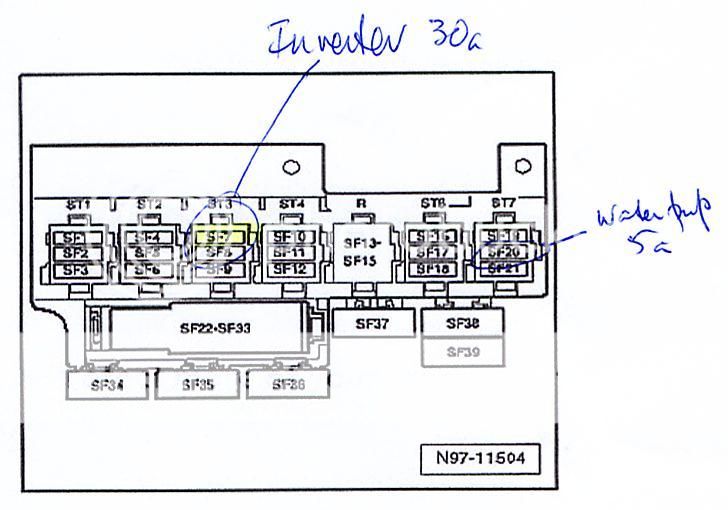The battery indicator can be very misleading.
Go for a run, switch off, 100% but 100% when there has been only input, not output.
Leave it for 5 minutes and 90% because now there is only output, even if it is only the CCU smiling at you.
Leave it for another 10 minutes and something else might just kick in and now it's 70% but then rush around turning everything off and it's 90% again.
I have a problem with my charging circuit, 18 month old Cali. I know what it is, just have to convince SMG and VW, both of whom have failed to fix it. It's the voltage control unit on the charger which everyone seems to know about other than VW. Too close to the fridge and overheats when the fridge is working.
It causes the EHU to stop charging the battery even though it continues to provide power to the 3 pin 240v circuit.
I'm an historian, not an electro engineer but it's simple deduction.
















